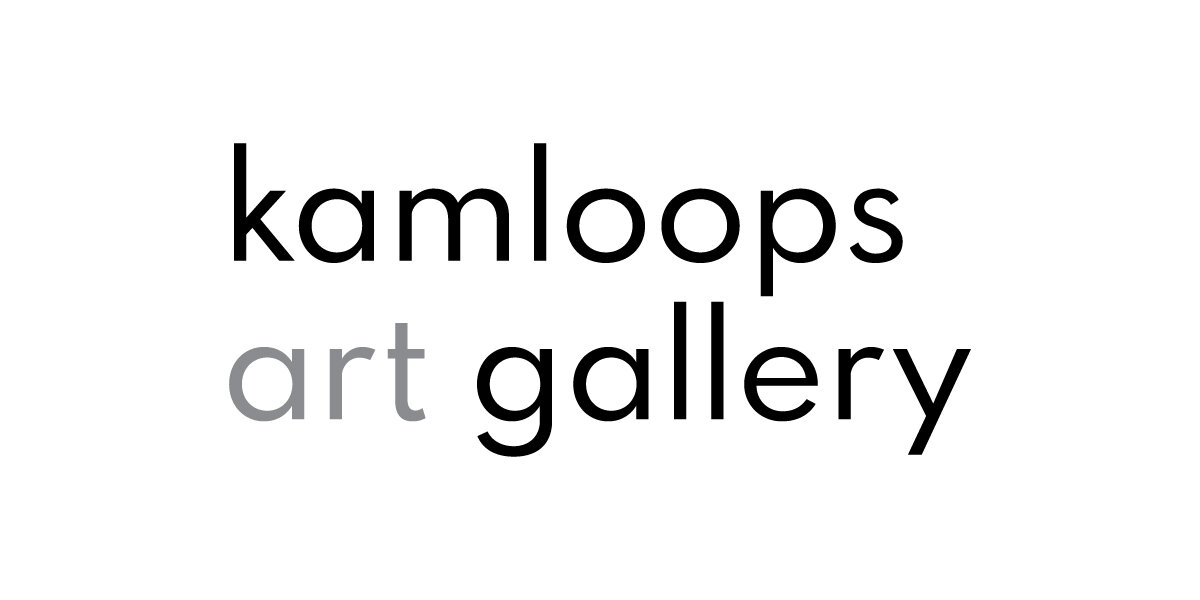Experimental Drawing Exercises
EXPERIMENTAL DRAWING EXERCISES
All of these exercises are simultaneously silly, complicated, frustrating and fun. In order to learn from them, it is important for the students to explore each technique for at least 20 minutes. As with any kind of art making, first attempts might be clumsy and ugly, but the results will improve with practice. It can be useful to have the kids get the sillies out first and then move into more serious attempts.
In the spirit of experimentation, chose your technique by drawing the names of the activities out of a hat. Encourage the students to spend at least 20 minutes with each technique, even if they find it frustrating.
In all cases, enlist the students to help you set up the space for the activity and have them select the materials for themselves from a selection you have laid out.
Spend the first two classes exploring these techniques. In the third class, talk to the students about what kind of drawing device they could invent. Students should spend some time brainstorming and sketching their device. Spend time with each student to talk to them about their ideas and how they could build it using the available materials: sticks, cardboard, hot glue, masking tape, elastic bands and paper. Students should come to the fourth class with a fully realized plan for building their drawing device. They will have the full class to build their device and make a drawing with it. If time allows, students should be encouraged to share their devices with each other.
Drawing with a Stick
Materials
Black roll paper
masking tape
chalk pastels
sticks
Cover the supply cupboard and opposite wall with black roll paper. Using masking tape, attach chalk pastels to sticks (use dowels and broom handles). Chose an item to draw from life (something from the still life bucket, one of the instructors, another student, etc.) and do your best to make an accurate representation, using the long stick pastel.
Drawing Behind Your Back (Stick version)
Same as above, but with your back turned to the paper.
Drawing with Toothpicks
Materials
tooth picks
tempera paint in little cups / palettes
white paper 8x10
masking tape
Have each student get a piece of 8x10 paper, ten toothpicks, masking tape and a palette of paint. Have the students use the masking tape to attach the toothpicks to their fingers (getting help from you and each other as needed). Choose an item to draw from life (something from the still life bucket, one of the instructors, another student, etc.) and do your best to draw the item using your toothpick fingers dipped in paint.
Drawing Behind Your Back (Toothpick version)
Cover the supply cupboard and opposite wall with white paper. Using the same instructions as above, but with your back turned to the paper.
Drawing Blindfolded
Materials
blind folds
white roll paper
markers
Cover the tables with white roll paper. Have each student select an item from the still life bucket, a marker and a blindfold. Ask the students to spend five minutes studying their object: look at it from all angles, doing their best to commit the object to memory. Have them put on their blindfolds and draw what they remember the object to look like.
Drawing Tied Together
Materials
fabric strips
white roll paper
markers
Have the students help you clear away the tables and chairs and build an interesting still life in the middle of the room. Roll out some black or white paper on the floor in a circle around the still life. Put the students together in groups of three and, using a strip of fabric, tie their dominant hands together. Give them each a chalk pastel and tell them to draw the still life – while tied to each other! They need to negotiate their own movements with their peers without being too rough with each other.
Sharing a Marker
Materials
1x2 wood block with hole drilled
white roll paper
markers
Have the students help you clear away the tables and chairs and roll out some white paper on the floor. Pair up the students and have each group select a wood stick, an object to draw and a marker. Insert the marker into the hole in the stick. Each student takes one end of the stick and tries to move it to draw their object – while their partner does the same.
Drawing Upside Down
Materials
black roll paper
chalk pastels
masking tape
Tape black roll paper to the underside of the tables. Have each student choose some chalk pastels and an object to draw. Instruct them to lie down on the floor under the tables and draw their object on the paper over their heads.
